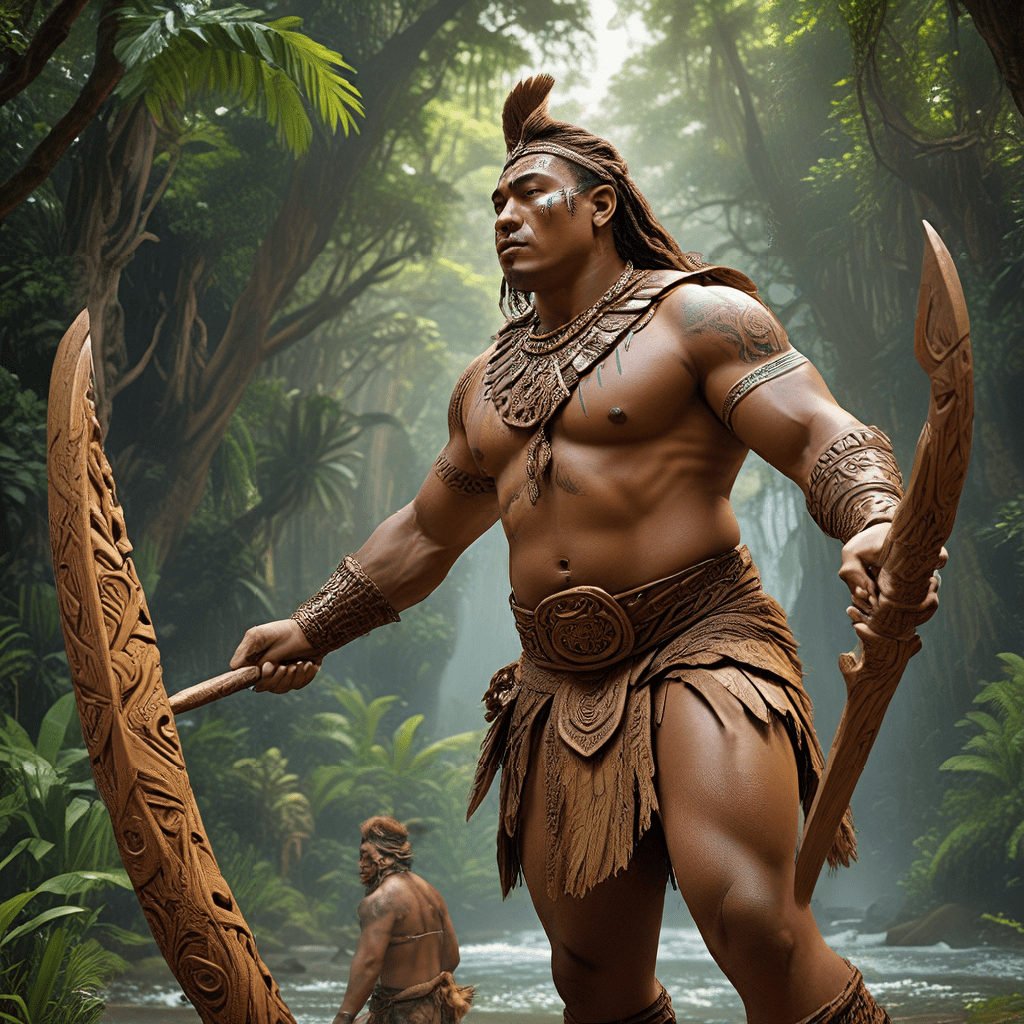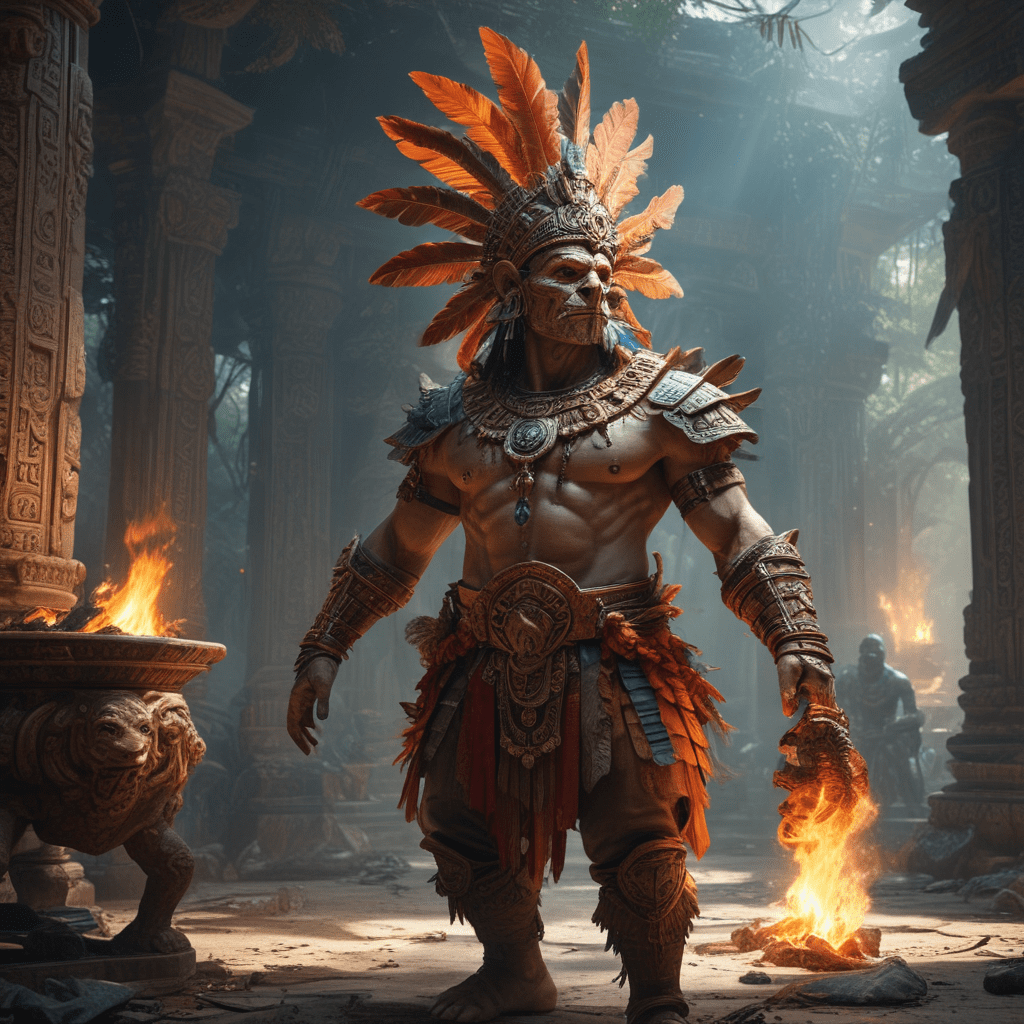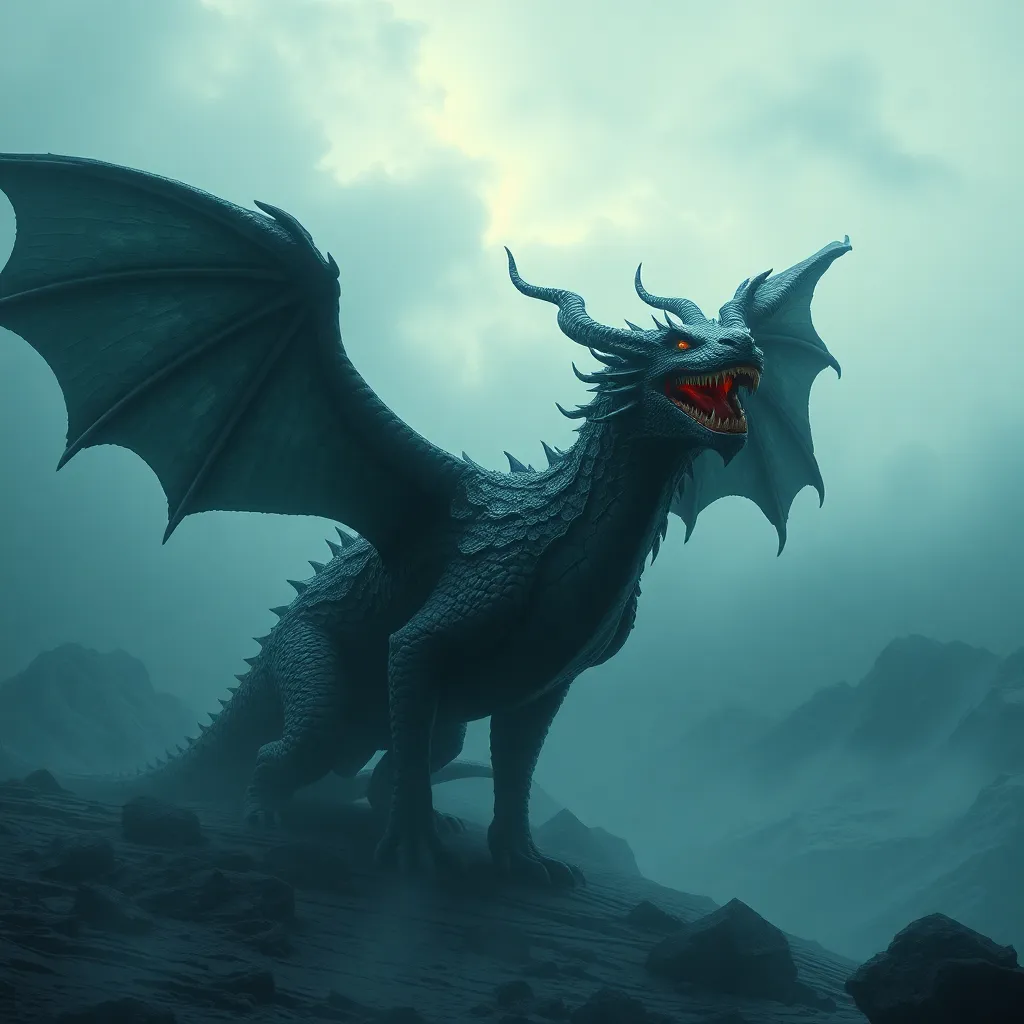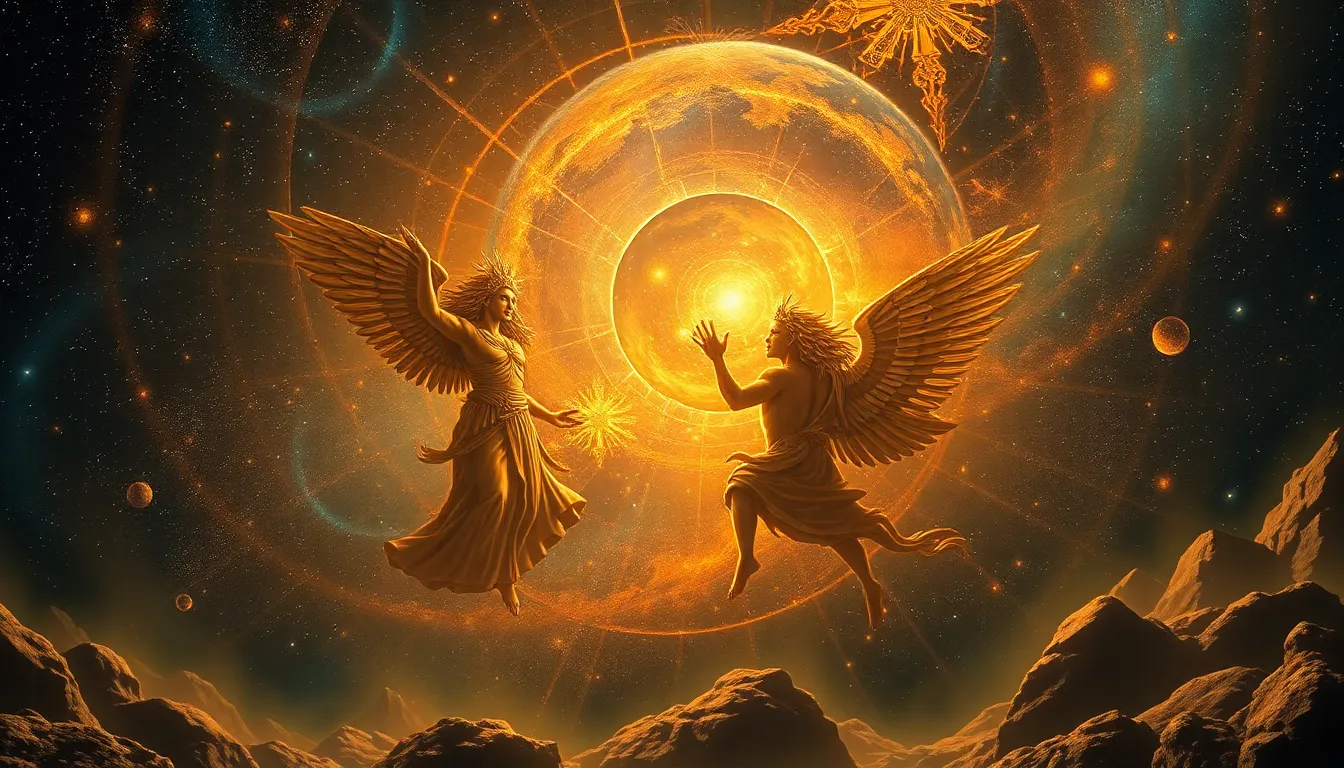Maori Mythological Stories of Exploration and Discovery
The Maori people, indigenous to New Zealand, have a rich and vibrant culture steeped in mythology and legend. These stories not only offer insights into their beliefs and values but also illuminate their extraordinary journeys of exploration and discovery across the vast Pacific Ocean. Maori myths, passed down through generations, serve as a powerful testament to the ingenuity, resilience, and unwavering spirit of a people who ventured into the unknown, charting new territories and leaving an enduring legacy on the landscape and cultural tapestry of the Pacific.
The Tangata Whenua: Origins and Arrival
The Maori narrative of their origins and arrival in New Zealand, known as "Tangata Whenua," is a captivating blend of ancestral history and cosmological belief. According to Maori myths, their ancestors, the "Tūpuna," traveled from Hawaiki, a mythical homeland in the Pacific, to Aotearoa (New Zealand) in a series of voyaging canoes. These canoes, imbued with spiritual significance and named after deities, carried not only people but also knowledge, customs, and the very essence of Maori culture. The Tangata Whenua narrative, with its emphasis on ancestral connections and the journey to a new land, provides a framework for understanding the Maori worldview, their relationship to the natural world, and their enduring connection to their ancestral homeland.
Navigating the Unknown: The Role of the Stars and the Ocean
The Maori voyages across the vast and unpredictable Pacific Ocean were not mere acts of chance but calculated endeavors guided by a deep understanding of celestial navigation and the subtle cues of the natural world. The stars, with their predictable movements, served as their celestial compass, while the currents, winds, and the behavior of marine life provided crucial navigational information. Maori navigators, known as "Tohunga," possessed a profound knowledge of the natural world, interpreting the patterns of the stars, the direction of the waves, and the flight of birds to determine their location and course. This symbiotic relationship between human knowledge and the natural world is reflected in Maori myths and legends, which often feature stories of navigators guided by celestial bodies, ocean currents, and the wisdom of the natural world.
The Voyaging Canoes: Tiki, Aotea, and the Arrival of the Maori
Maori mythology celebrates the arrival of their ancestors in New Zealand through a series of voyaging canoes. These canoes, not just vessels but symbols of lineage and cultural identity, are woven into the fabric of Maori history and legend. Among the most renowned canoes are "Tiki," associated with the ancestral origins of the Maori people, and "Aotea," which carried a group of explorers to the west coast of the North Island of New Zealand. The arrival of these canoes marked the beginning of a new chapter in Maori history, bringing with them not only people but also the foundations of Maori culture, language, and belief systems. These voyages, fueled by courage, resourcefulness, and a deep connection to the natural world, became the cornerstone of Maori identity and continue to inspire and inform generations of Maori people.
Tales of Migration: The Journeys of Kupe and Tāwhirimatea
Within the broader narrative of Maori migration, the journeys of two legendary figures, Kupe and Tāwhirimatea, stand out as testament to the spirit of exploration that animated the Maori people. Kupe, a renowned navigator and explorer, is credited with discovering New Zealand and charting its coastline. His journey, as depicted in Maori mythology, involves navigating treacherous seas, battling mythical creatures, and encountering the forces of nature. Tāwhirimatea, the god of the winds and weather, is believed to have played a significant role in the arrival of the Maori, bringing both favorable winds that facilitated their voyages and the storms that challenged them. These tales of migration, filled with supernatural elements, reflect not only the Maori understanding of the natural world but also their belief in the power of the gods to shape their destiny.
Discovering New Lands: The Role of Myth and Legend in Mapping the Pacific
Maori myths and legends played a crucial role in mapping the Pacific, serving as a repository of navigational knowledge passed down through generations. These stories, often filled with metaphors and symbolic language, conveyed information about landforms, currents, winds, and other navigational cues. For example, the myth of "Te Kore," the primordial nothingness, may represent the vast expanse of the Pacific Ocean, while the story of "Te Po," the realm of darkness, could symbolize the challenges and uncertainties inherent in exploring new territories. These mythological narratives provided a framework for understanding the world beyond the familiar, encouraging exploration and inspiring future generations to venture into the vastness of the Pacific.
The Significance of Tohunga and Navigators: Knowledge and Skill in Exploration
Maori exploration was not simply about discovering new lands. It was a journey driven by knowledge and skill, particularly those possessed by the Tohunga—the expert navigators, priests, and healers who held the key to understanding the natural world. These individuals were deeply respected within Maori society, tasked with interpreting celestial signs, deciphering the language of the ocean, and guiding their people towards new horizons.
Tohunga navigators were masters of celestial navigation, using the stars as their guide. They possessed intricate knowledge of the constellations, their movements, and how they could be used to determine direction and latitude. They also understood the patterns of ocean currents, winds, and marine life, using these cues to navigate the vast and often treacherous waters of the Pacific. The knowledge of the Tohunga was passed down through generations, ensuring the continuity of navigational expertise and the success of future voyages.
Exploring the Spiritual Realm: The Journey of the Soul and the Afterlife
Maori mythology extends beyond the physical realm of exploration, delving into the spiritual journey of the soul and the concept of the afterlife. This journey is often depicted as an exploration of the celestial realms, a search for meaning and connection in a world beyond the physical.
One prominent story in this regard is the journey of the soul to the underworld, the "Te Reinga." This mythical realm, located at the northernmost tip of New Zealand's North Island, marks the point where the soul departs the physical world and enters the realm of the ancestors. The journey to Te Reinga is often depicted as a perilous voyage, requiring courage, wisdom, and a deep understanding of the spiritual world.
The Mythological Landscape: Mountains, Rivers, and Landmarks as Markers of Discovery
Maori myths are intimately intertwined with the landscape of New Zealand. Mountains, rivers, and other landmarks serve as tangible markers of their ancestors' journeys and discoveries, providing a tangible connection to the past. These landscapes are not merely physical features but are infused with meaning and significance, reflecting the stories of ancestral heroes, deities, and events that shaped Maori history.
For example, Mount Taranaki, a towering volcano in the North Island, is believed to be a god who was once in love with Mount Tongariro. Their story, filled with passion and loss, is reflected in the landscape, with Mount Taranaki standing in solitary grandeur while Tongariro remains in a trio of peaks.
Te Kore, Te Po, and Te Ao Marama: The Mythological Framework of Exploration and Creation
Maori mythology presents a framework for understanding exploration and creation through the concepts of "Te Kore," "Te Po," and "Te Ao Marama." Te Kore, the primordial nothingness, represents the state of existence before creation. Te Po, the realm of darkness, signifies the emergence of the world from the void, a period of chaos and uncertainty. Finally, Te Ao Marama, the world of light, represents the emergence of order and the creation of the physical world.
This framework can be applied to the process of exploration. The journey from Te Kore to Te Ao Marama mirrors the voyage of the Maori ancestors from their unknown homeland to New Zealand, a transition from the unknown to the known, from chaos to order, and from darkness to light.
The Legacy of Exploration: Passing Down Knowledge and Preserving the Stories of the Past
The legacy of Maori exploration lies not only in the physical territories they discovered but also in the knowledge and stories they passed down through generations. These stories, passed orally, through carvings, and through intricate weavings, served as a vital means of preserving ancestral wisdom, cultural identity, and the history of their voyages.
Maori myths are a testament to the resilience, ingenuity, and enduring spirit of the Maori people. They offer a glimpse into a world where the boundaries between the physical and spiritual intertwined, where knowledge of the natural world was paramount, and where the journeys of exploration were not just about discovering new lands, but also about shaping the very fabric of their identity.
FAQ
Q: What is the significance of the voyaging canoes in Maori culture?
A: The voyaging canoes are more than just vessels; they represent lineage, cultural identity, and the journey of the Maori ancestors. They are embodiments of the spirit of exploration and symbolize the strength and resilience of the Maori people.
Q: How did Maori navigators use the stars to guide their journeys?
A: Maori navigators had a sophisticated understanding of celestial navigation. They used the patterns of the stars, their rising and setting points, and their positions in relation to each other to determine their location and direction.
Q: What is the role of mythology in the Maori understanding of the afterlife?
A: Maori mythology depicts the afterlife as a journey of the soul to the spiritual realm. It includes stories about the underworld and the process of becoming one with the ancestors, providing a framework for understanding death and the spiritual world.
Q: How are Maori myths connected to the landscape of New Zealand?
A: Maori myths are inextricably linked to the landscape. Mountains, rivers, and other landmarks are imbued with meaning and significance, reflecting the stories of ancestral heroes, gods, and events that shaped Maori history.
Q: How do Maori myths celebrate the journey of exploration and discovery?
A: Maori myths are a tapestry of stories that celebrate the spirit of exploration, the power of knowledge, and the enduring connection between humanity and the natural world. They highlight the courage, resilience, and ingenuity of the Maori people in venturing into the unknown and charting new territories, leaving behind a rich legacy of cultural knowledge and stories.



